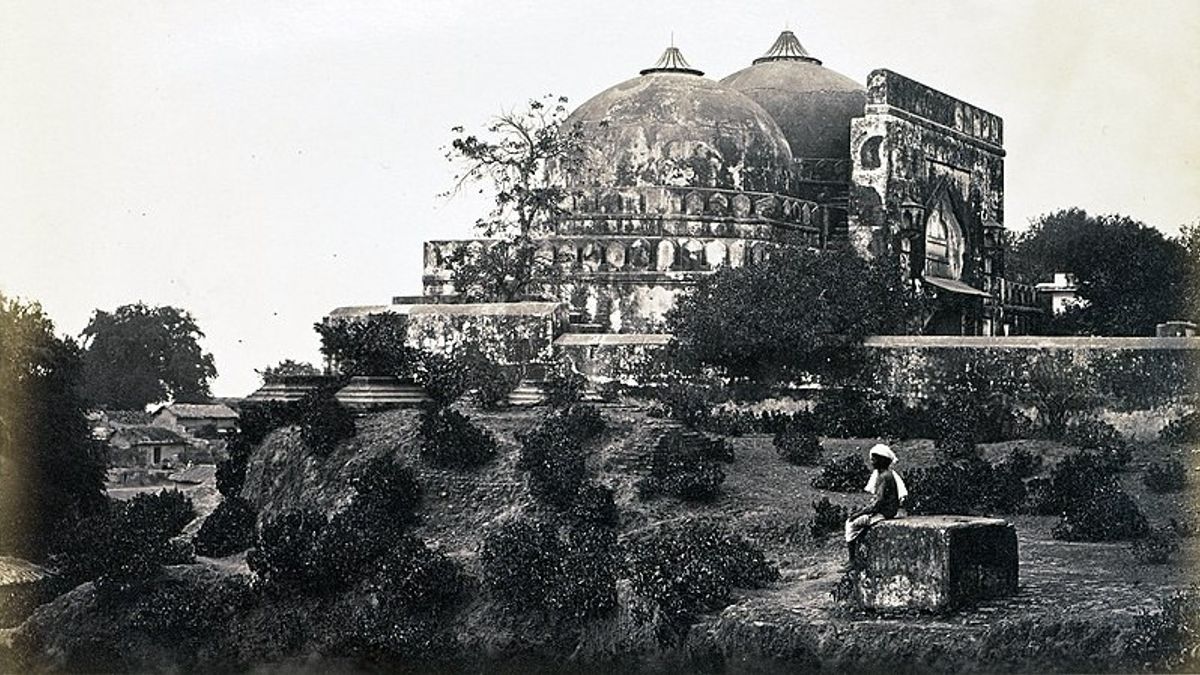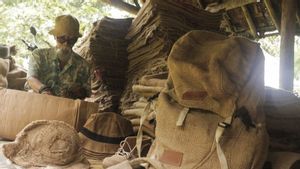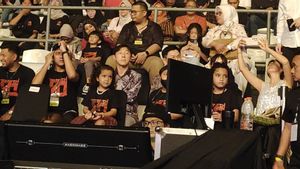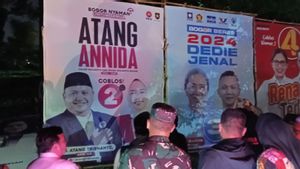JAKARTA - On December 7, 1992, a wave of violent protests broke out after the Babri Mosque, located in Ayodhya, was torn down on December 6, 1992. Riots across the country were inevitable.
But the sharpest reaction came from the country's financial capital, then known as Bombay. Riots claimed more than nine hundred lives in the city. A total of as many as two thousand people died across the country.
Talking about the Babri Mosque, the location of the mosque is a source of contention between Muslims and Hindus. Babri Mosque is claimed to be built on the birthplace of Lord Rama.
To quote Britannica, Monday, December 7, the first recorded conflict between the Hindu and Muslim religious communities occurred in 1853, namely during an era of sociopolitical transition across India. As long as the British Empire or British rule directly ruled over the Indian subcontinent, separate areas were created for Muslims and Hindus.
In 1949, after India was partitioned and independent, the image of Rama was brought into the mosque. In the ensuing controversy, the site was closed to both communities, but the images were not removed.
A campaign was launched in 1984 to dismantle a mosque and build a Hindu temple instead. This movement gained momentum in the following years, which led to riots in 1990 and the collapse of the ruling coalition in India.
The momentum also helped bring the Bharatiya Janata Party to power in several states, including Uttar Pradesh. On December 6, 1992, security forces were on standby when Hindu activists tore down the mosque.
After this demolition there were riots everywhere. The Srikrishna Committee, which was set up to investigate the riots, identified two phases.
The first is the Muslim reaction after the destruction of the Babri Mosque. Second, the Hindu reaction to the killing of Hindu Mathadi Kamgar (worker) by Muslims that took place in January 1993. Riots killed around two thousand people, mostly Muslims.
Court battleA series of court battles also occurred in the following decades. The land was divided between Hindus and Muslims in 2010 based on a high court ruling.
The decision was challenged on appeal by the Hindu and Muslim litigants. And in 2019 the Supreme Court entrusted the site exclusively to Hindus.
On August 5, 2020, Indian Prime Minister Narendra Modi presented a placard marking the start of the construction of a Hindu temple in the area of the Babri Mosque. The event was also said to have fulfilled the old promise of PM Modi and his Hindu nationalist party.
This moment also marks a year of the government's pledge to end the privileges of India's only Muslim-majority state, Jammu and Kashmir.
"Land grabbing with an unfair judgment, oppressive, humiliating and appeasing to the majority cannot change its status," All India Muslim Private Law Council said on Twitter. "No need to be heartbroken. This situation doesn't last forever. "
For many Hindus, the construction of this temple in the Ayodhya area has been a moment of pride. This is because every Diwali celebration, Hindus all over the world celebrate the return of Lord Rama to Ayodhya as a victory for good over evil.
But the opposite is felt by Indian Muslims. Their sorrow is eternal because the place of worship that once stood there has disappeared. Feelings of sadness are also mixed with resignation.
The English, Chinese, Japanese, Arabic, and French versions are automatically generated by the AI. So there may still be inaccuracies in translating, please always see Indonesian as our main language. (system supported by DigitalSiber.id)








